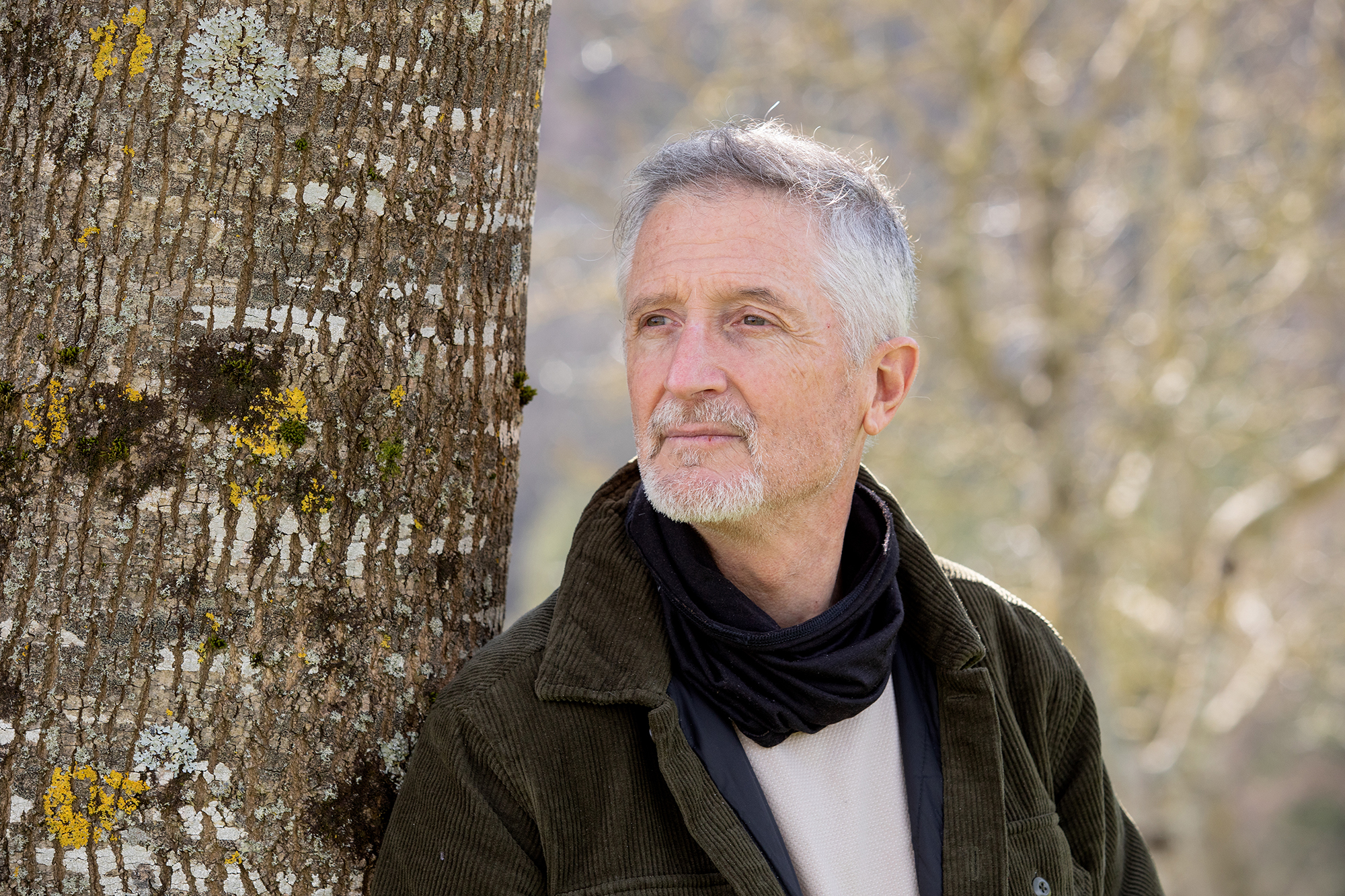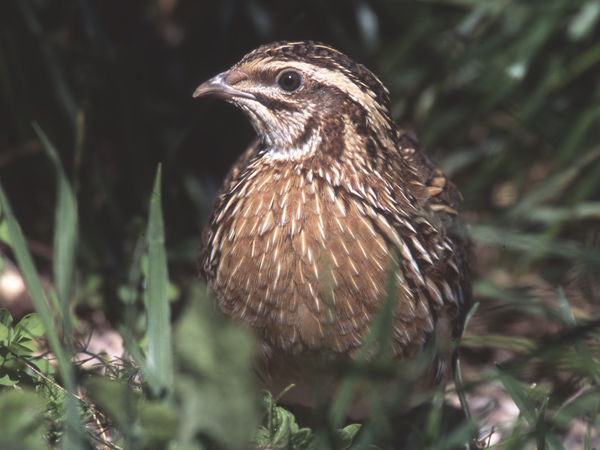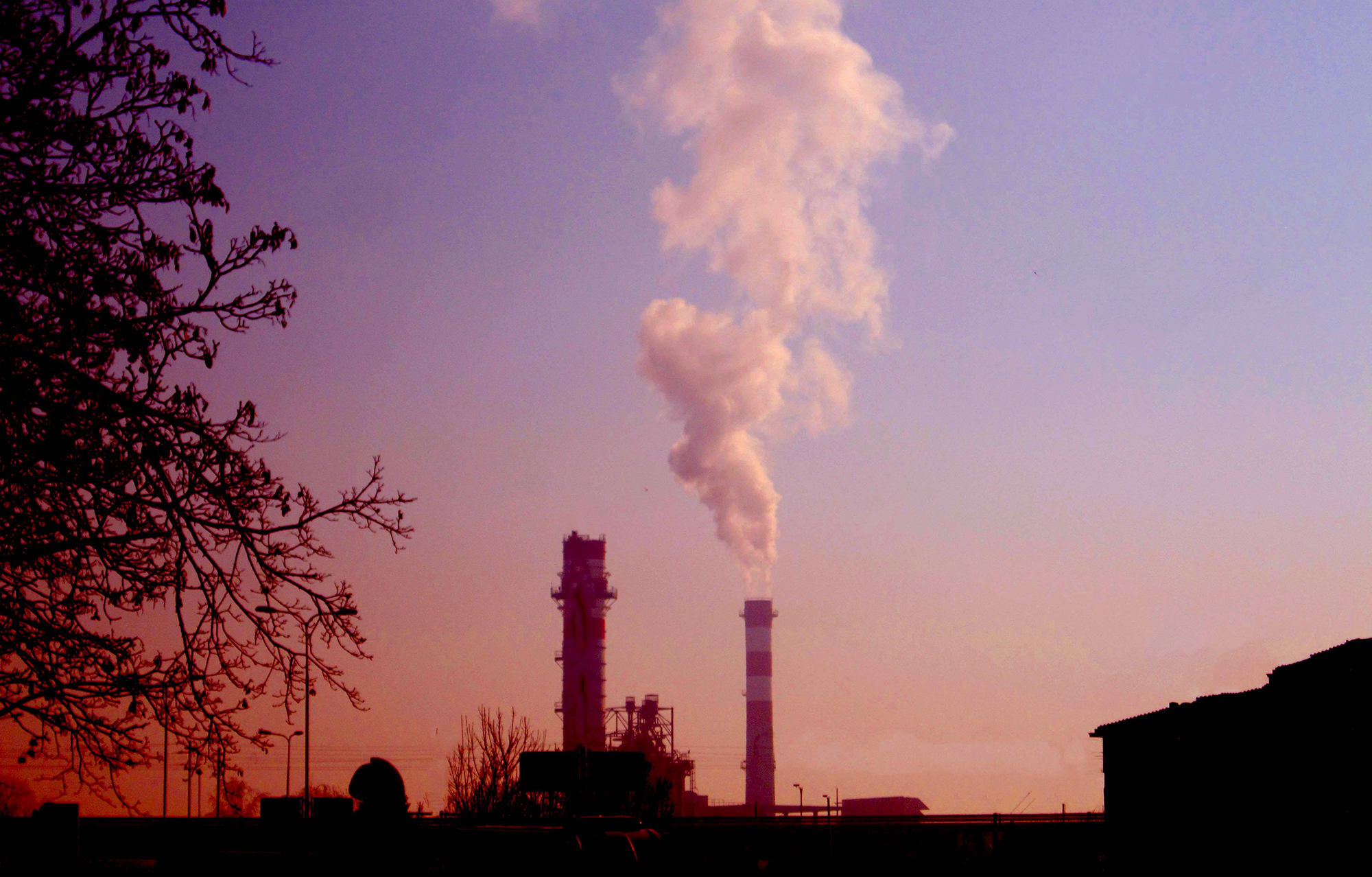Major energy companies conceal 47% of biodiversity damage, according to an UPV/EHU study
- Major energy companies use "image laundering" strategies. The doctoral student of the UPV/EHU Goizeder Blanco, who has participated in the research, has highlighted the positive actions and concluded that they "plug" the negative impact.

A study carried out by the UPV/EHU has analysed 17 European energy companies and concluded that of the 47 events that these companies have had a negative impact on biodiversity, 22, or 47%, have not been designated in their sustainability reports. In this analysis of the research group on achieving the Sustainable Development Goals, business activity and the Circular Economy, it is concluded that companies use "print management" and "image laundering" strategies. According to the researchers, there is no real commitment to provide transparent information on the negative impacts of business activities on biodiversity. Thus, when carrying out the research, they have compared the information obtained from unofficial sources – social networks, counter-information websites, etc. – with that reflected in the sustainability reports of energy companies.
The doctoral program at the Faculty of Economics and Business of the UPV/EHU Goizeder Blanco has analyzed the techniques used by companies to report on the events affecting biodiversity. In the news published by the UPV/EHU it explains the following: "The European directives oblige large companies to publish documents relating to the environment and biodiversity, but the information to appear in them is not fully defined. Everyone decides on what aspects to talk about. They therefore behave freely and soften their image. According to the study, only 23% of the facts have been accurately expressed – in 11 cases – and 30% of the facts – in fourteen cases – in part or through "strategies to neutralise liability".
On indigenous communities, greater precision
The investigation by the UPV/EHU concludes that transparency varies according to the type of event. Blanco has stated that indigenous communities must inevitably communicate when they are affected, and has argued that the opaque in which human beings are involved is "more difficult": "People, unlike nature, speak, protest and there are disputes between them. These must necessarily be communicated".
In the study conducted by the UPV/EHU, the number of uninformed, partially informed and accurately reported incidents has been compared through a table:
Negative event type |
Number of negative incidents identified |
Unreported |
Partially informed |
Accurately reported |
|---|---|---|---|---|
(1) Impact on the marine ecosystem |
9 |
6 (67%) |
2 (22%) |
1 (11%) |
(2) Impact on a migration corridor |
1 |
1 (100%) |
0 (0%) |
0 (0%) |
(3) evacuation/flooding of dams and ice lakes |
4 |
4 (100%) |
0 (0%) |
0 (0%) |
(4) Electrocution or damage to birds |
4 |
0 (0%) |
1 (25%) |
3 (75%) |
(5) Impact on indigenous territories |
15 |
5 (33%) |
4 (27%) |
6 (40%) |
(6) deforestation of the tropical rainforest |
8 |
2 (25%) |
5 (63%) |
1 (13%) |
(7) Impact on the terrestrial ecosystem |
6 |
4 (67%) |
2 (33%) |
0 (0%) |
The study details that negative bird events "are easy to count" in the CAV. On the contrary, they have explained that the same does not happen when ecosystems are destroyed or transformed: "If a wind farm has been built on the migratory path of a species, it does not communicate clearly. The effects are deeper and harder to measure, so they tend to hide."
"Diverting attention"
Blanco has stated that the technique most used to "neutralise responsibility" is to "underline the positive aspects". The researcher has cited the case of the planting of oilseeds for burning biofuels, which is cultivated in tropical areas "destroying local ecosystems", and in his sustainability reports he highlights the presence of numerous trees in other regions to "soften" their adverse effects. The conclusion of the investigation is clear: "This does not solve the deforestation that the company has produced with palm trees, as the plantations take place very far from the affected area." They conclude that it is more common for the most polluting sectors to highlight the positive aspects above the negative ones: "People put more pressure on them, so they're willing to manage the risks that negative events can bring on their behalf," they said.
When it is not clear what has been the cause of the event that has affected biodiversity, research shows that energy companies tend to underline ignorance or "blame other actors".
Eskola inguruko natur guneak aztertu dituzte Hernaniko Lehen Hezkuntzako bost ikastetxeetako ikasleek. Helburua, bikoitza: klima larrialdiari aurre egiteko eremu horiek identifikatu eta kontserbatzea batetik, eta hezkuntzarako erabiltzea, bestetik. Eskola bakoitzak natur eremu... [+]
Andeetako Altiplanoan, qocha deituriko aintzirak sortzen hasi dira inken antzinako teknikak erabilita, aldaketa klimatikoari eta sikateei aurre egiteko. Ura “erein eta uztatzea” esaten diote: ura lurrean infiltratzen da eta horrek bizia ekartzen dio inguruari. Peruko... [+]
Biologian doktorea, CESIC Zientzia Ikerketen Kontseilu Nagusiko ikerlaria eta Madrilgo Rey Juan Carlos unibertsitateko irakaslea, Fernando Valladares (Mar del Plata, 1965) klima aldaketa eta ingurumen gaietan Espainiako Estatuko ahots kritiko ezagunenetako bat da. Urteak... [+]
Nola azaldu 10-12 urteko ikasleei bioaniztasunaren galerak eta klima aldaketaren ondorioek duten larritasuna, “ez dago ezer egiterik” ideia alboratu eta planetaren alde elkarrekin zer egin dezakegun gogoetatzeko? Fernando Valladares biologoak hainbat gako eman dizkie... [+]





















